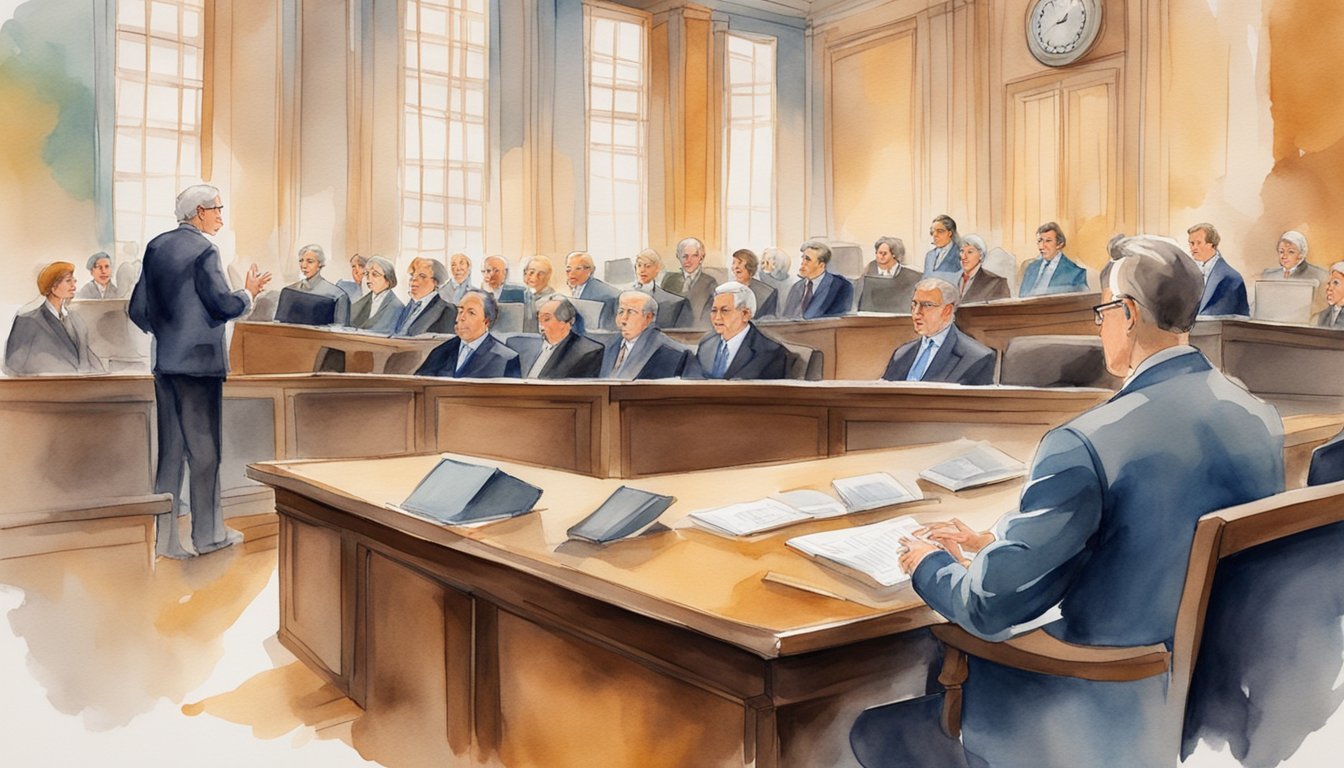Understanding Intellectual Property Law
Intellectual property law is an intricate field that protects creations of the mind, giving owners certain exclusive rights to their innovations and artistic works. It encompasses various areas, each governed by specific regulations and granting different scopes of protection.
Fundamentals of Intellectual Property
Intellectual property, or IP, signifies a range of intangible rights awarded to creators and inventors. These rights are pivotal for promoting invention and creative expression, creating a legal framework that balances the interests of innovators and the public. The basics of intellectual property law ensure that these non-tangible creations receive similar legal protections as physical property.
Copyright, Patent, and Trademark Distinctions
A primary aspect of intellectual property law is recognizing the distinct protections provided under copyright, patent law, and trademark law.
-
Copyright pertains to the protection of artistic and literary works. It automatically applies upon a work’s creation, safeguarding its use and reproduction. According to the copyright act, creators are endowed with rights to control and distribute their work, which lasts for the life of the creator plus 70 years after their death.
-
Patents grant inventors exclusive rights to their inventions, barring others from making, using, or selling the invention for a certain period. Patent law encourages disclosure of inventions to advance societal knowledge and spur innovation.
-
Trademarks are governed by the Lanham Act and protect symbols, names, and slogans used in commerce to distinguish goods or services. They prevent confusion in the marketplace and can remain in effect as long as they continue to be used.
Understanding these distinctions and the specific conditions under which they apply is key to navigating intellectual property challenges and securing the rights conferred by each type of protection.
Key Intellectual Property Cases and Legal Decisions

This section explores significant rulings and legal precedents shaping the intellectual property landscape, with an emphasis on the highest courts and pivotal regional decisions.
Influential Supreme Court Rulings
The United States Supreme Court has made several decisions impacting intellectual property rights. For example, the Court decided to hear Goldsmith’s case involving a dispute over the rights to an image of Prince altered by artist Andy Warhol, which is a critical case for copyright infringement and the fair use doctrine. In Google v. Oracle, the Court ruled on key factors of software interface usability and ownership, setting a precedent that provides guidance for tech companies navigating copyright boundaries.
Notable District and Federal Circuit Cases
Decisions from the district courts and the United States Court of Appeals, especially the Federal Circuit, regularly contribute to the evolution of intellectual property law. The Federal Circuit, for example, has been the central battleground for cases like Amgen Inc. v. Sanofi, which addressed issues concerning antibodies and the enablement requirement in patent law. The Second Circuit’s resolution in cases concerning fair use and parody is consistently influential, demonstrated by decisions like Campbell v. Acuff-Rose, involving the parody of Roy Orbison’s work by 2 Live Crew.
Emerging Legal Trends in Intellectual Property
Legal trends in intellectual property include an increasing focus on the balance between innovation protection and access to technology. Courts are closely scrutinizing the fair use doctrine and its application to new forms of media and technology. Additionally, legislative changes are under discussion to address contemporary issues like patent subject matter eligibility, which concerns the patentability of abstract ideas. Recent PTAB (Patent Trial and Appeal Board) reviews have emphasized the importance of clarifying the scope of patent claims, influencing how companies draft their patents to meet the enablement requirement.
In the landscape of intellectual property, courts are setting benchmarks that affect not only large corporations but also individual artists and innovators. It’s a dynamic field closely tied to technological advancements and cultural change.

